
The risk and reward of ChatGPT in cybersecurity
Unless you’ve been on a retreat in some far-flung location with no internet access for the past few months, chances are you’re well aware of how much hype and fear there’s been around ChatGPT, the artificial intelligence (AI) chatbot developed by OpenAI. Maybe you’ve seen articles about academics and teachers worrying that it’ll make cheating easier than ever. On the other side of the coin, you might have seen the articles evangelizing all of ChatGPT’s potential applications.
Alternatively, you may have been tickled by some of the more esoteric examples of people using the tool. One user, for example, got it to write an instruction guide for removing peanut butter sandwiches from a VCR in the style of the King James Bible. Another asked it to write a song in the style of Nick Cave; the singer was less than enthused about the results.

How to avoid fraud while remaining compliant
The financial technology (fintech) industry is a rapidly expanding web of innovation, but it is also becoming increasingly entangled by challenges posed by cybercriminals. These bad actors threaten both data security and regulatory compliance, which can result in heavy fines for noncompliance.
Such fines pose a significant risk for entrepreneurs seeking to quickly scale their operations, as they cannot afford to be bogged down by regulatory issues. Even established businesses find it challenging to navigate the complex layers of financial regulations, let alone startups.

Cloning voices: The opportunities, threats and needed safeguards
Microsoft recently made headlines by announcing it is working on a form of artificial intelligence (AI) called VALL-E that can clone voices from a three second audio clip. Imagine that now AI can have anyone’s voice say words without that individual actually speaking! Even more recently, Samsung announced that its software assistant, Bixby, can now clone users’ voices to answer calls. Specifically, Bixby now lets English speakers answer calls by typing a message which Bixby converts to audio and relays to the caller on their behalf.
Technologies like VALL-E and Bixby are bringing voice cloning to reality and have the potential to be industry game changers. The term voice cloning refers to the ability to use AI to build a digital copy of a person’s unique voice, including speech patterns, accents and voice inflection, by training an algorithm with a sample of a person’s speech. Once a voice model is created, plain text is all that’s needed to synthesize a person’s speech, capturing and mimicking the sound of an individual. In fact, many different types of voice cloning companies are now launching, making this technology much more accessible.
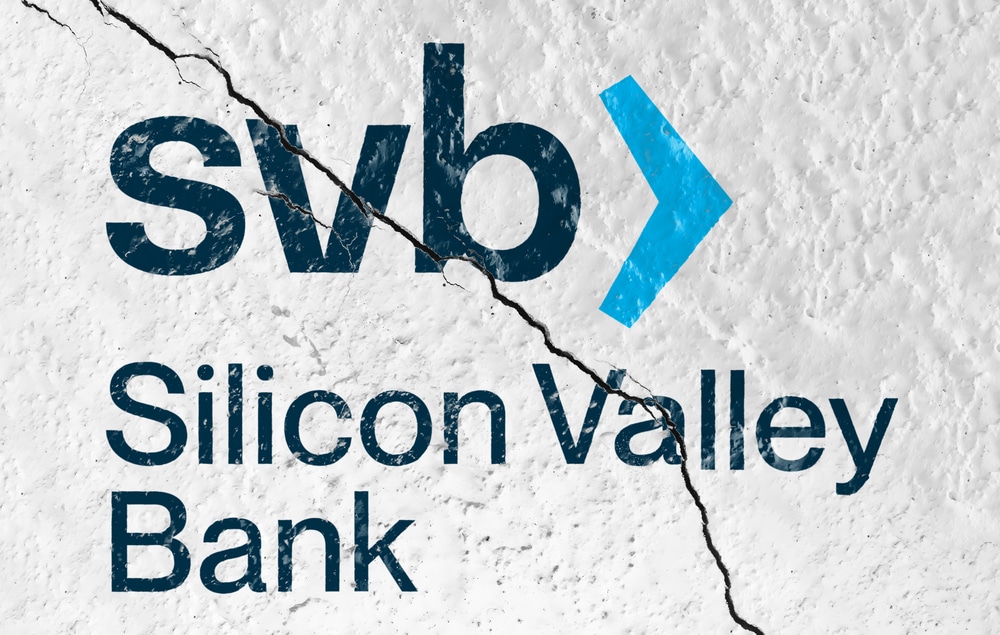
Impersonation attacks leverage Silicon Valley Bank collapse in new phishing campaign
As news of Silicon Valley Bank’s (SVB) collapse continues to dominate the headlines, cybercriminals are running phishing campaigns impersonating SVB and other financial institutions, including M-F-A and Bloomberg.
Responding quickly to the 24-hour news cycle, cybercriminals aim to leverage their victims’ potential distress over their financial situation to make them more susceptible to this type of attack.

Harnessing the power of data in a hybrid cloud environment
In an increasingly crowded business environment, businesses need to stay at the forefront of innovation to get ahead. And the best way for companies to do that is by looking inward -- specifically at their own, preexisting data. Data is every business’ most valuable asset, holding insights that can unlock undiscovered potential. Whether you’re building out fraud detection or working to gain a competitive advantage with new market opportunities, the artificial intelligence (AI) and machine learning (ML) training engines that drive this kind of innovation are only as effective as the data they are given.
Where challenges arise in this process is with the management of data flows. In the past, data has been kept primarily on highly secure, on-premise systems. But more businesses have since been migrating operations to cloud systems, with many opting for a hybrid approach. Research firm Forrester reported that more than 94 percent of U.S. enterprise decision-makers are using at least one type of cloud deployment, with the majority being hybrid or multi-cloud. By modernizing mainframe systems and implementing the right data intelligence tools enterprise leaders can take advantage of all their company data without exposing it to undue threats along the way.

People first, technology second -- Why SaaS developers should embrace human-centered design
The recent fascination with AI, fueled by the release of ChatGPT and Google and Bing trying to catch up with their own language models, has SaaS developers and designers intrigued by the possibilities of what they can do with the burgeoning technology.
But the AI explosion in progress underscores a question that must be asked about any innovation: What place do humans hold in the development of technology intended to benefit them?

Applying the Biden-Harris Administration's National Cybersecurity Strategy to your organization in five steps
As cyber threats continue to evolve and grow, it is increasingly clear that a coordinated and comprehensive approach to cybersecurity is necessary. Governments around the world have recognized the need for national cybersecurity strategies to protect their citizens, businesses, and critical infrastructure. In this article, we will explore the importance of a national cybersecurity strategy from the perspective of a cyber threat intelligence team.
The increasing frequency and severity of cyberattacks have highlighted the importance of having a comprehensive national cybersecurity strategy. Cyberattacks can result in the loss of sensitive data, disruption of critical services, financial losses, reputational damage, and even loss of life. A national cybersecurity strategy is essential to protect against cyber threats, safeguard national security, and maintain economic stability. It provides a framework for coordinating and prioritizing efforts to address cyber threats, promotes information sharing and collaboration, and enables rapid response to incidents.
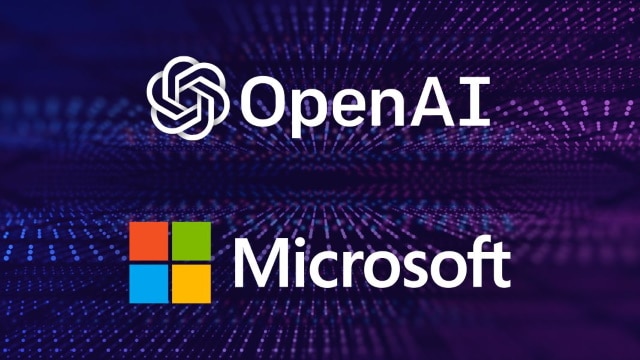
The next killer app: What the OpenAI investment means for Microsoft
Earnings season in January 2023 was a bit of a mixed bag for cloud providers. The latest financial reports show that, following a dip in cloud revenue, Microsoft’s earnings missed Wall Street estimates at the end of 2022. The negative economic climate that took hold in 2022 is clearly having an impact, forcing users to make difficult decisions about their cloud spending.
But as always, the best of Silicon Valley is relentlessly planning for the future -- not focused on present uncertainty. So enters ChatGPT. The news that Microsoft had put $10 billion additional investment into OpenAI, the company behind ChatGPT, shook the tech industry.

Women in Cybersecurity: Inspiring the next generation of amazing female infosec leaders
The cybersecurity industry has long been very male dominated. However, the sector is finally starting to be made up of more and more female faces. Research showed that globally in 2022, women held 25 percent of cybersecurity jobs -- up from 20 percent in 2019 and 10 percent in 2013.
The rise in the number of women joining the industry is not expected to slow down anytime soon. It is predicted that by 2025 women will represent 30 percent of the global cybersecurity workforce, and by 2031 it will be 35 percent.
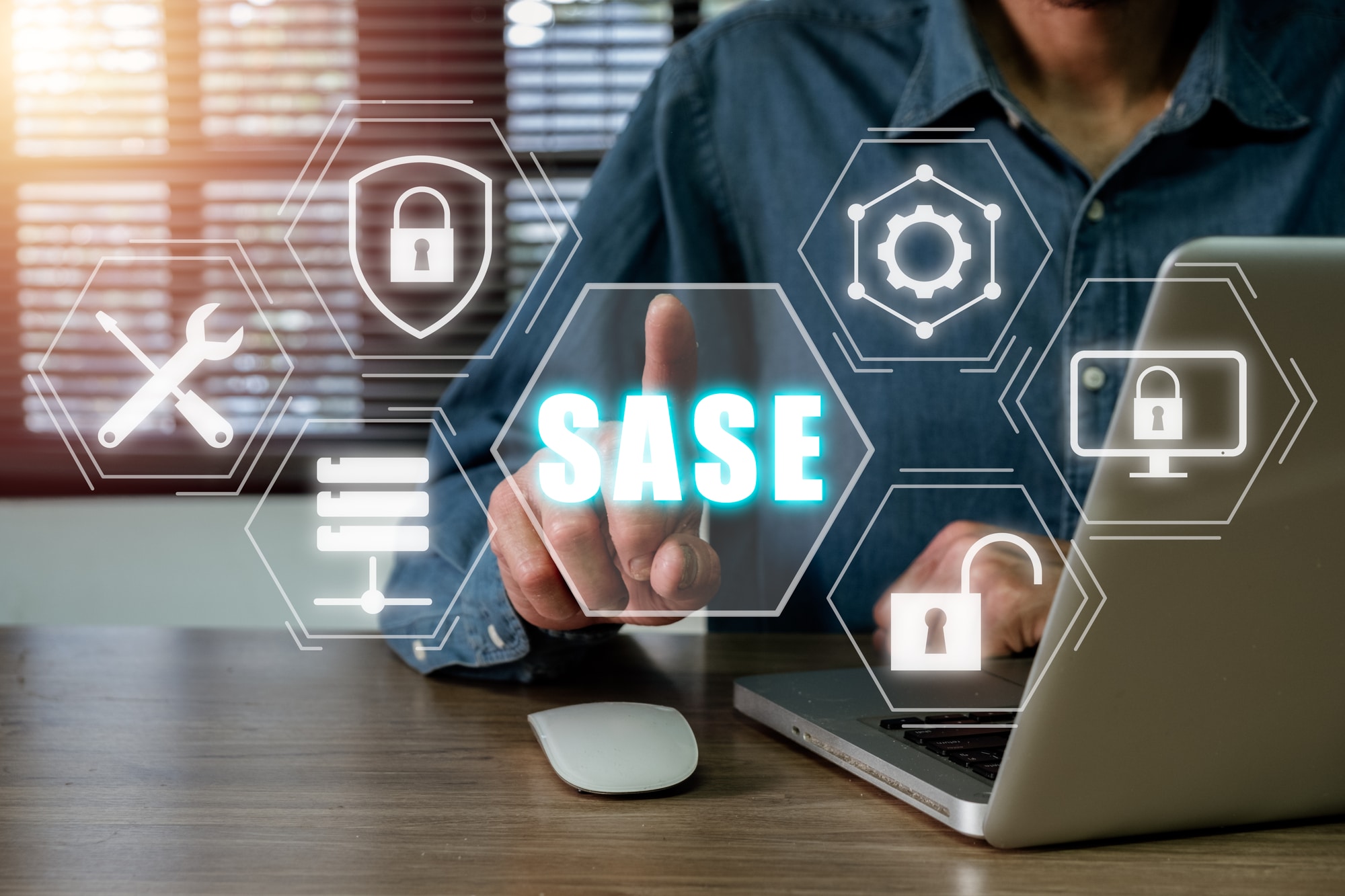
A house of divided brands: Uncovering SASE and SSE
The underlying technologies behind SASE and SSE must be made to work together if they are to secure the enterprise.
While alphabet soup is a staple of cybersecurity, if each acronym is tied to a clear use case the resulting thesaurus can actually be helpful. It gets tricky when vendors try to combine technologies that don’t really work together.

Is the most cost-effective move in the cost of living crisis investing in cyber security solutions?
In the midst of the biggest cost-of-living crisis in decades, the looming threat of recession, and an unprecedented energy crisis, organizations of all sizes are trying to find ways of cutting costs and saving money. While there are any number of measures organizations can take on that front -- from relatively small ones such as asking people to work from home to save on energy to more drastic measures such as layoffs -- the impact they have is variable at best. One measure that consistently saves organizations money, however, is investing in a proper cybersecurity solution.
In some ways, that might seem counterintuitive. After all, it’s an additional cost that the organization might not otherwise have to deal with. But it really is an investment that can pay off in a big way. That’s because the best cybersecurity solutions not only protect organizations from the threat of cyber attacks but also help mitigate their damage when they do occur.

How to start your data modernization journey
Getting value from data is not something that can be done in a (data) snap. The journey is often long and tumultuous. According to a recent survey, 99 percent of companies recognize that data is crucial for success; however, 97 percent face challenges in using data effectively.
The spread of data sources, volume, and too few resources prevent organizations effectively managing the growing demand for trusted data at the speed required by businesses. And that means little data -- if any -- can be relied upon to make critical business decisions. But there are simple key steps that every company can make to help them ensure a sustainable data management practice that will enable them to accelerate time to value.
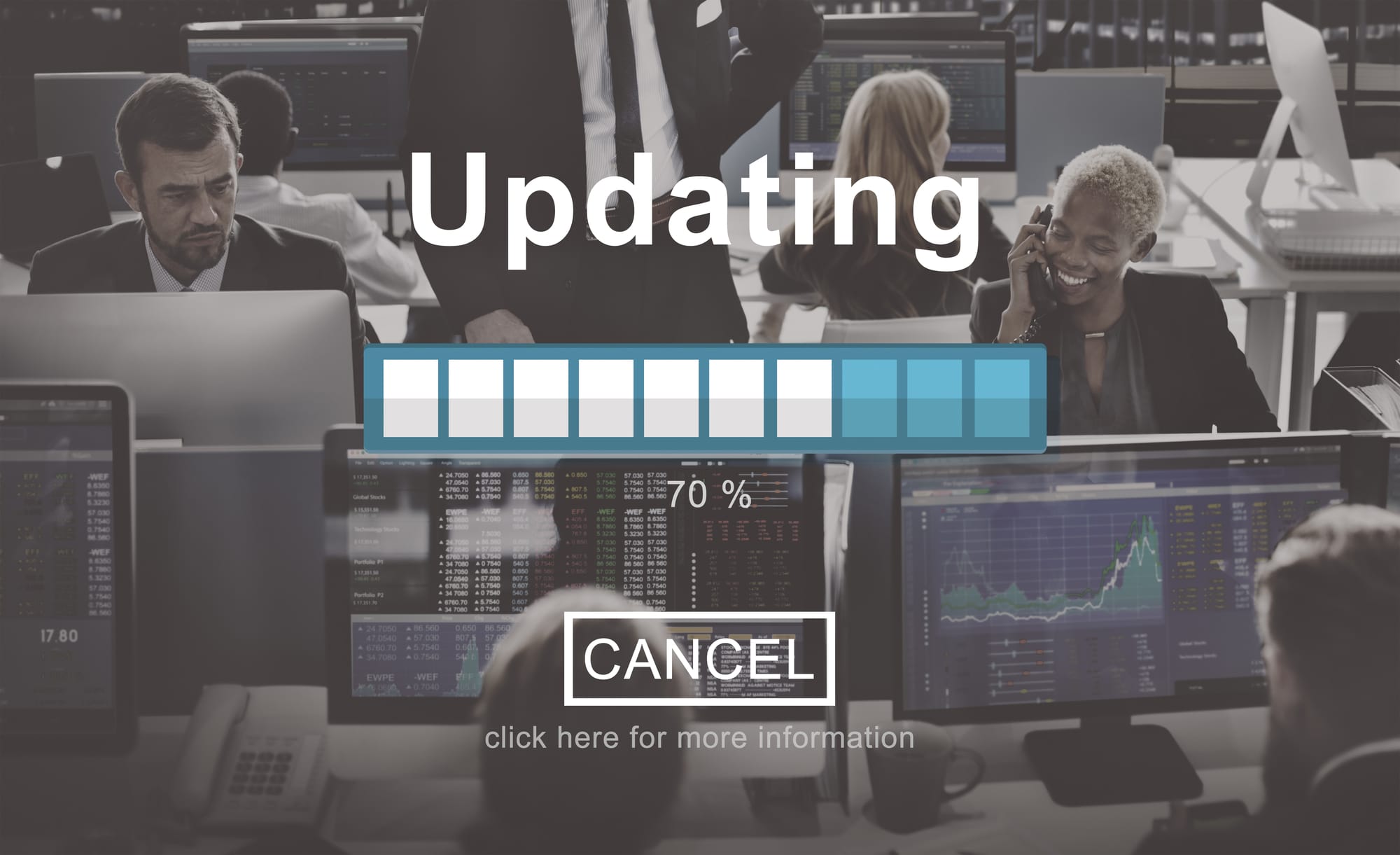
Your patch management solution needs help
Proper patch management is an important component of cybersecurity hygiene. If organizations don’t apply fixes to software bugs in a timely manner, they risk exposing themselves to a variety of threats. But scrambling to fix bugs identified by the Common Vulnerabilities and Exposures (CVE) program is not a complete solution. Organizations need to be doing much more.
The CVE and CVSS programs are essential components of information security management systems (ISMS) at most organizations, but they clearly have issues. The CVE program offers a reference for publicly known vulnerabilities and exposures. CVSS provides a way to capture the main characteristics of a vulnerability and produce a numerical score that reflects its severity. Among the many challenges with these programs, CVSS is not a true indication of the risk a CVE represents to an organization. That’s because it attempts to take the environment into consideration but only has limited success doing so.
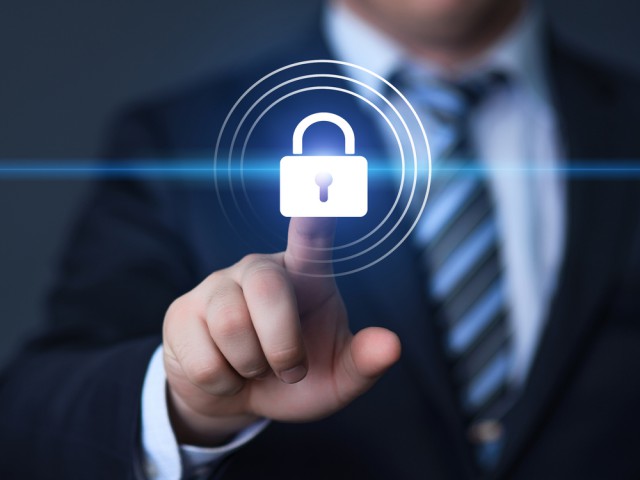
How listed companies can establish cybersecurity accountability in 2023
In 2023, regulators will throw down a 'reporting gauntlet', and mandate listed companies to disclose cyberattacks in record time. This legislative sea change will not only intensify the need for adequate protections against attacks, but will require companies to identify and report an incident to their shareholders and the Cybersecurity Infrastructure Security Agency (CISA) within 72 hours.
Regulators have taken note that businesses are fighting a losing battle against foreign and domestic cyber criminality, and by introducing more stringent cybersecurity regulation, their focus is to ensure companies treat cyberattacks as an increasingly systemic threat.

Businesses risk non-compliance -- will their sustainability plans hold water in the face of changing regulations?
Organizations have a critical part to play in combating climate change through more sustainable supply-chains, the source of approximately 70 percent of business carbon emissions. Not only will this prevent them from being caught off-guard in the short and long term, but it will also be significant for laying out the company's green future. Failure to do so could see businesses alienate customers, lose sales and become irrelevant in an eco-driven world. Businesses in the UK must wake up -- it's time to think sustainably about supply chains.
In the face of upcoming sustainability regulations, there is more emphasis than ever for UK businesses to renew their focus on ESG. We've already begun to see changes following the creation of the Green Claims Code, which aims to ensure that organizations are not misleading consumers by making claims about sustainability without actually having a concrete plan in place. The green agenda has also been bolstered by upcoming requirements for listed UK businesses to publish net zero plans.

